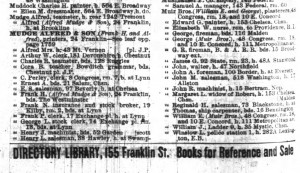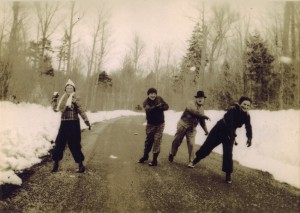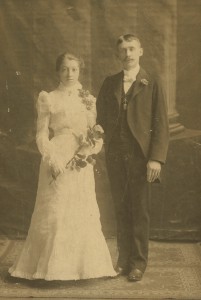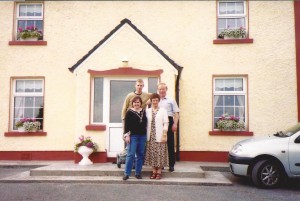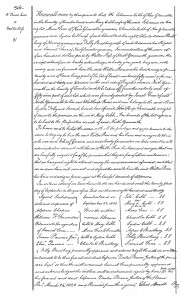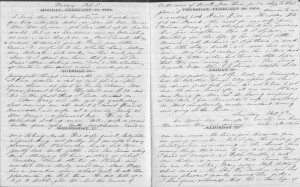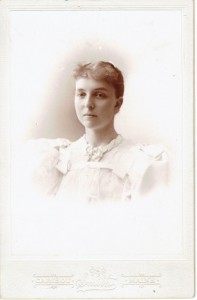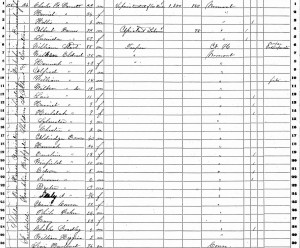
“It was 5:14 o’clock in the morning of Wednesday, April 18 [1906]. Nearly half a million people on the western edge of the American continent awoke suddenly with a roaring in their ears and a sensation in every nerve that struck indescribable terror to their souls.”[1] On the fateful morning of the San Francisco earthquake, and in the troubling days that followed, more than 3,000 citizens lost their lives.[2]
In addition to the tragic loss of human life, the effects of another significant loss have been felt in the 110 years since that disastrous day. Continue reading The last survivor
